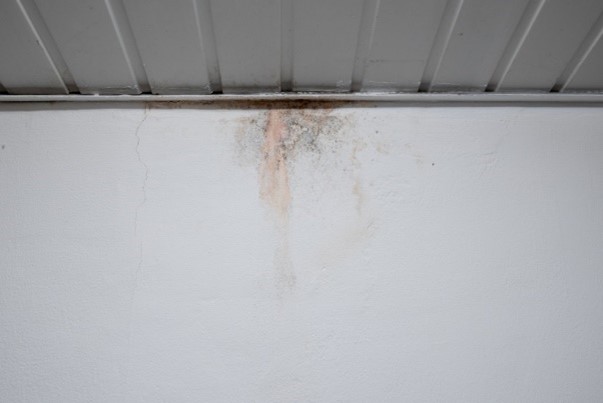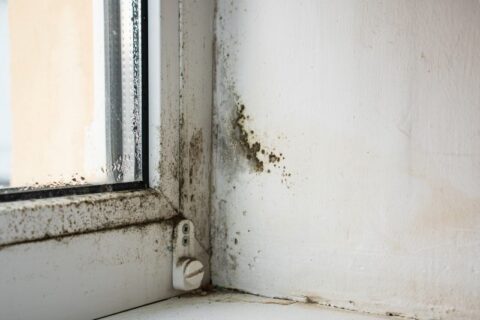How To Remove Mold From Basement Walls

Mold on basement walls not only detracts from your home’s aesthetic but can also pose significant health risks and structural issues. Mold thrives in moist, dark environments, making basements an ideal breeding ground. Tackling this problem not only involves removing the current mold but also taking measures to prevent its recurrence. Understanding the nature of mold, the conditions it favors, and how to effectively remove it can transform your basement into a healthier, more pleasant space.
Identifying Mold
The presence of mold in basements is often an indicator of moisture issues. Mold can manifest in various colors and textures, making it sometimes difficult to identify. Look out for discolored patches or spots on the wall, especially in corners or near water sources. A musty odor is another strong indicator of mold presence. Early identification is key to preventing mold from spreading and causing more serious damage.
Preparation
Safety should be your top priority when preparing to remove mold. Equipping yourself with protective gear, including gloves, goggles, and an N95 mask can prevent direct contact and inhalation of mold spores, which can be harmful to your health. Making sure that you have proper ventilation in the area not only protects you but also aids in the drying process after the cleanup is complete. Cover and protect any nearby items with plastic sheeting to prevent them from being contaminated with mold spores.
Cleaning Solutions
Choosing the right cleaning solution is important for effective mold removal. For minor mold issues, a simple mixture of water and dish soap can be very effective. This gentle solution can remove mold without damaging the wall surfaces. For more persistent mold, a solution of water and white vinegar or baking soda can offer a stronger alternative. These natural solutions are effective at killing mold without introducing harsh chemicals into your home’s environment. In cases of severe mold infestation, commercial mold removers might be required, but it’s important to use them with caution and in a well-ventilated area.
Removal Process
The removal process requires patience and thoroughness. Start by gently misting the moldy area with water to prevent mold spores from becoming airborne. Apply your chosen cleaning solution using a sponge or soft-bristled brush, scrubbing the mold away gently to avoid damaging the wall’s surface. It’s important to clean beyond the visible mold to ensure that no spores are left behind. After scrubbing, thoroughly wiping the area with a damp cloth will remove any lingering mold and cleaning solution residues.
Drying and Prevention
Thorough drying is needed after the mold has been removed. Using fans or dehumidifiers can speed up the drying process and help prevent mold from returning. You can also apply a mold-inhibiting paint or primer to the cleaned walls for an added layer of protection against future mold growth.
Addressing the Root Cause
To effectively prevent mold from returning, it’s important to address the underlying moisture that caused the problem in the first place. This may involve repairing leaks, installing a proper drainage system, or improving the overall ventilation of your basement. Maintaining a dehumidifier in the basement can also help to keep the humidity levels low, creating an environment less conducive to mold growth.
Professional Assistance
When dealing with extensive mold infestations or if you’re unsure about tackling the problem yourself, seeking professional assistance from Everdry Waterproofing of Wisconsin is a good option. Their mold remediation specialists have the expertise, equipment, and protective gear to remove large-scale mold infestations safely and efficiently.
Regular Inspections and Maintenance
Preventive measures are just as important as the removal process itself. Keeping the basement dry is the key to mold prevention. Conducting regular inspections of your basement for signs of moisture or mold can help you catch potential issues before they become major problems. Keeping an eye on humidity levels and ventilation issues and addressing any water leaks promptly are all proactive steps you can take to maintain a mold-free basement.
Conclusion
Addressing mold on basement walls is not just a matter of aesthetics, but a necessary step for maintaining a healthy and structurally sound home. Dealing with mold on basement walls requires a comprehensive approach that not only focuses on removal but also prevention. By understanding how to effectively identify, clean, and prevent mold, you can protect your home’s structural integrity and create a healthier living environment. Tackling mold at its source by controlling moisture levels is the most effective strategy for ensuring your basement remains mold-free. You can enjoy a clean, safe, and inviting basement space with the right approach and ongoing maintenance.
Reach Out to the Experts
Specializing in a range of waterproofing and mold removal services, Everdry Waterproofing of Wisconsin offers state-of-the-art patented waterproofing solutions with a history of addressing basement moisture through various methods since 1989. Our personalized services come with a lifetime transferable warranty, keeping your basement dry and usable.
If you would like more information about the products and services we offer, contact us today.
Ready to Get Started?
Contact Us Today to Schedule a No Pressure, No Obligation, Free Quote!

